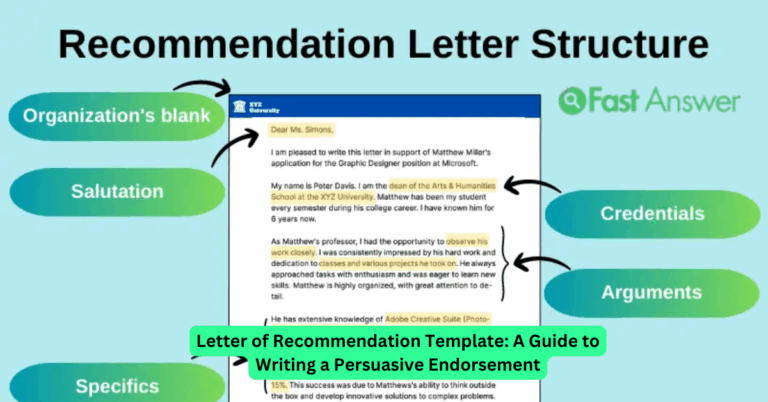Education Reform Policies 2025 Explained: Shaping the Future of Education
As we approach 2025, education systems worldwide are undergoing significant transformations, driven by new policies and innovations aimed at improving learning outcomes and preparing students for the demands of the future. Education reform policies are pivotal in addressing the challenges posed by rapidly changing technology, growing inequality, and the need for a skilled workforce. This article breaks down the key education reform policies for 2025, explains their importance, and discusses how they impact students, teachers, and educational institutions. Whether you’re an educator, student, or policymaker, understanding these policies is essential for navigating the future of education.
The Shift Towards Personalized Learning: Tailoring Education to Individual Needs
One of the most significant education reform policies in 2025 is the move towards personalized learning. This policy is centered on the idea that every student learns differently and should have an educational experience tailored to their specific strengths, needs, and interests. Personalized learning uses data-driven approaches, where technology and adaptive learning tools enable educators to provide individualized instruction.
The policy encourages the integration of AI-powered platforms, which track student progress and adapt lessons in real-time. This approach helps address diverse learning styles, making education more accessible for students with different abilities. Personalized learning also emphasizes student choice, allowing them to have a more active role in shaping their educational journey. This shift aims to reduce achievement gaps and ensure that all students, regardless of background, receive the support they need to succeed.
Increased Focus on Digital Literacy and Technological Integration
As technology continues to dominate the modern workforce, education reform policies in 2025 prioritize digital literacy and the integration of technology into classrooms. The objective is to equip students with the skills necessary to thrive in a tech-driven world. This policy involves incorporating coding, computational thinking, and digital tools into the core curriculum from an early age.
Students are now expected to not only use technology but to understand how it works and how it can be applied creatively. Teachers are being trained to integrate tech-based learning tools such as interactive whiteboards, virtual reality (VR), and gamified platforms into their teaching methods. By improving digital literacy, these reforms aim to prepare students for future careers in fields such as software development, data science, and digital marketing, which are expected to see significant growth in the coming years.
Promoting Inclusivity and Addressing Educational Inequality
One of the driving forces behind education reform policies in 2025 is the goal of promoting inclusivity and reducing educational inequality. These reforms address the needs of marginalized groups, including students from low-income families, students with disabilities, and those from rural or underserved areas. The policies aim to ensure that all students, regardless of their background, have equal access to high-quality education.
A key part of this initiative is the expansion of special education services and the integration of universal design for learning (UDL) principles into mainstream classrooms. UDL is an educational framework that promotes flexibility in teaching methods and assessment, ensuring that students with different learning needs are supported effectively. Furthermore, governments are focusing on providing additional resources for schools in disadvantaged areas, ensuring that every student has the tools they need to succeed.
Supporting Teachers with Professional Development and Well-Being
Teacher support is a cornerstone of the education reform policies for 2025. Recognizing that teachers are key to student success, policies now place a stronger emphasis on professional development and teacher well-being. These reforms aim to provide teachers with continuous learning opportunities, equipping them with the latest educational tools and teaching strategies.
Additionally, mental health support for teachers is becoming a priority. Teaching can be an incredibly demanding profession, and policies are shifting towards creating a more supportive environment for educators. This includes initiatives like reduced class sizes, better work-life balance, and mental health resources. By addressing the needs of teachers, these reforms aim to improve retention rates and ensure that educators remain motivated and effective in their roles.
The Rise of Hybrid and Flexible Learning Models
The COVID-19 pandemic accelerated the adoption of hybrid learning models, combining online education with in-person instruction. Education reform policies in 2025 are expanding this model, recognizing the flexibility it offers to both students and educators. Hybrid learning allows students to engage in lessons both virtually and physically, providing greater accessibility and convenience, especially for non-traditional learners.
This policy is designed to provide more flexible educational opportunities, particularly for adult learners, working students, and those with mobility challenges. The expansion of online learning platforms, paired with the flexibility of in-person classes, aims to create a more inclusive and adaptable education system. The reforms also emphasize the importance of digital infrastructure, ensuring that schools are equipped with the necessary technology to support hybrid learning.
Frequently Asked Questions
1. What are personalized learning strategies in education reform?
Personalized learning strategies involve tailoring education to meet the individual needs, interests, and strengths of each student. This approach uses data and technology to adapt lessons and teaching methods to support diverse learning styles.
2. Why is digital literacy important in the 2025 education reforms?
Digital literacy is essential because it prepares students for a tech-driven future. Understanding how to use digital tools, code, and think critically about technology will help students succeed in careers that rely heavily on technological skills.
3. How are education reforms addressing inequality in schools?
Education reforms focus on providing additional support to underserved students, including those from low-income backgrounds or with disabilities. This includes expanding special education services and offering more resources to schools in disadvantaged areas.
4. How do hybrid learning models fit into education reform?
Hybrid learning models combine online and in-person education, offering greater flexibility and accessibility. These models are ideal for students who need more flexible schedules or have challenges attending traditional in-person classes.
5. What support is being offered to teachers in the 2025 education reforms?
Teachers are receiving enhanced professional development, better work-life balance, and improved mental health support as part of the education reforms. These measures aim to improve teacher retention and ensure educators are well-equipped to succeed in the classroom.

